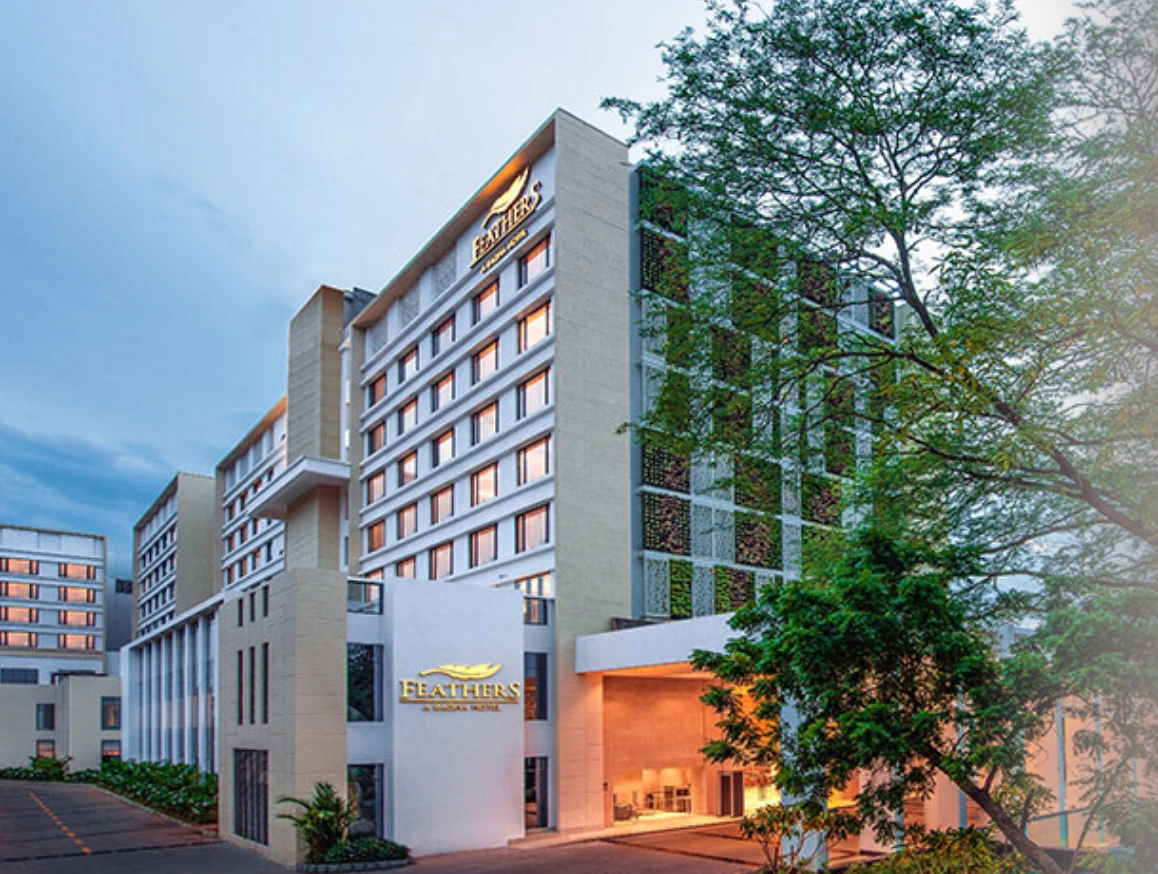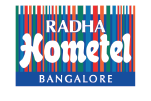Kasimedu, a fishing hamlet in North Chennai, supplies the city’s seafood needs.
Kasimedu is a fishing hamlet and a neighbourhood in Chennai famous for its fisherman community. It has a fishing harbour and a fish market nearby. Even at 5 am, the Kasimedu fishing harbour is buzzing with activity as the men, women, and young people go about their morning routines. Shrill voices of fisherwomen selling their fish pierce the air. Brawls among them are very common here.
At Kasimedu, fish of all shapes and sizes are Available. The harbour has 1500 fishing boats and generates 150 tonnes of seafood every day. The daily volume of business is around 1.5 crores, and a large number of fish is exported as well. Fifteen tonnes of fish find their way to flights leaving Malaysia, Iran, Iraq, Dubai, and Singapore.
History of Kasimedu
Kasimedu’s fishing hamlet was a part of Royapuram about 60 years ago. The first settlers here came from Durgarajapattinam, which the Vijayanagara Empire ruled. Durgarajapattinam was located south of Pulicat and North of Madras (Chennai was originally called Madras), and the British decided to begin trade here. However, the coast at Durgarajapattinam was rough and tough to navigate, so the British moved to Madras and brought the boatmen’s families along with them. The boatmen initially settled in Chepauk village. They later shifted to Royapuram, which was named after the Royappa Chappel. The boatmen would repair boats and ferry people from the ships to the coast since there was no harbour.
Originally Hindus, these boatmen later converted to Christianity. In the 18th century, the Madras harbour was constructed, and the boatmen were left jobless. The boatmen decided to fish, and they all became fishermen.
It is not known how the term Kasimedu originated. Medu in Tamil means an elevated surface. According to historians of Chennai, the name Kasi could have come from a temple dedicated to Lord Kasi Viswanathan, which is believed to have been in these parts several years ago.
To improve the quality of life of the fishermen at Kasimedu, former Chief Minister M G Ramachandran constructed a harbour in 1975. Only after the harbour was constructed did Kasimedu become famous and much more accessible to many fishermen. Subsequently, many improvements were made, and a new fish market was constructed.
Life in Kasimedu
Always buzzing with activity, Kasimedu hardly sleeps. You will find men unloading trucks, huge blocks of ice being shredded with sharp knives, bargaining, and negotiations around the clock. The market comes to life at the weekend as trawlers return from the sea with fresh catch. Many of them are out at sea for several days on end. Traders and local vendors start bidding for the catch as early as 3 am. Fishermen lay their catch on the shore right next to their trawlers. They hardly use the auction hall that the Government has constructed for this purpose.
Like any fish market, Kasimedu has an overpowering smell of fish. Some visitors may find this a “put-off.” However, for the fisher community, this is their life and livelihood, so they move on with acceptance.
After sunrise, local fish vendors set up their stalls along the shore on make-shift tables. The catch is diverse. You could find the white pomfret (vellai vavval), cobia fish (kadal veral), trevally fish (parai and thenga parai), seer fish (vanjaram), barracuda fish (seela), and milk shark (paal sura). The most popular among them for fish curries is the large seer fish or vanjaram fish. Vendors love this fish because a large fish (up to 6 feet) can often make up an entire day’s business. Other common fish are sardines, mackerel, anchovies, and small red snapper.
Kasimedu also serves as a communal hub for those who work and live here. The fishing market is surrounded by kuppams (small residential hamlets) where fishermen and vendors live. Catering to their needs, several shops around Kasimedu sell groceries, fresh vegetables, and other products that people use daily. Small huts also sell meals, where a huddle of people sits around: traditional and local food, primarily idlis, dosas, pooris, lemon, and tamarind rice. Fish curry is often a side dish, as expected.
At the end of the day, unsold fish is returned home to feed children or laid out in the sun to make karuvadu (dry fish) the next day.
Summary
Despite the dwindling catch due to pollution, climate change, and other factors, fishermen and women at Kasimedu continue fishing. The men set out on the choppy seas to bring in the fish, and the women sold it for a price to make money for the family. A visit to Kasimedu may not be for everyone, but it is a haven for photographers who can capture a variety of subjects.
know more about our services

Restaurants
Spa
Banquet hall
Tea Lounge
Restobars
conveniently located
The hotel is strategically situated in close proximity to renowned tech parks like DLF, RMZ and Commerzone with the added convenience of being just 8 kilometers away from the Chennai International Airport.
conveniently located
The hotel is strategically situated in close proximity to renowned tech parks like DLF and RMZ, with the added convenience of being just 8 kilometers away from the Chennai International Airport.
connect with us
FAX
+91 44667 76900
info@feathershotels.com
ADDRESS
4/129, Mount Poonamallee Road, Manappakkam,
Chennai - 600089.





